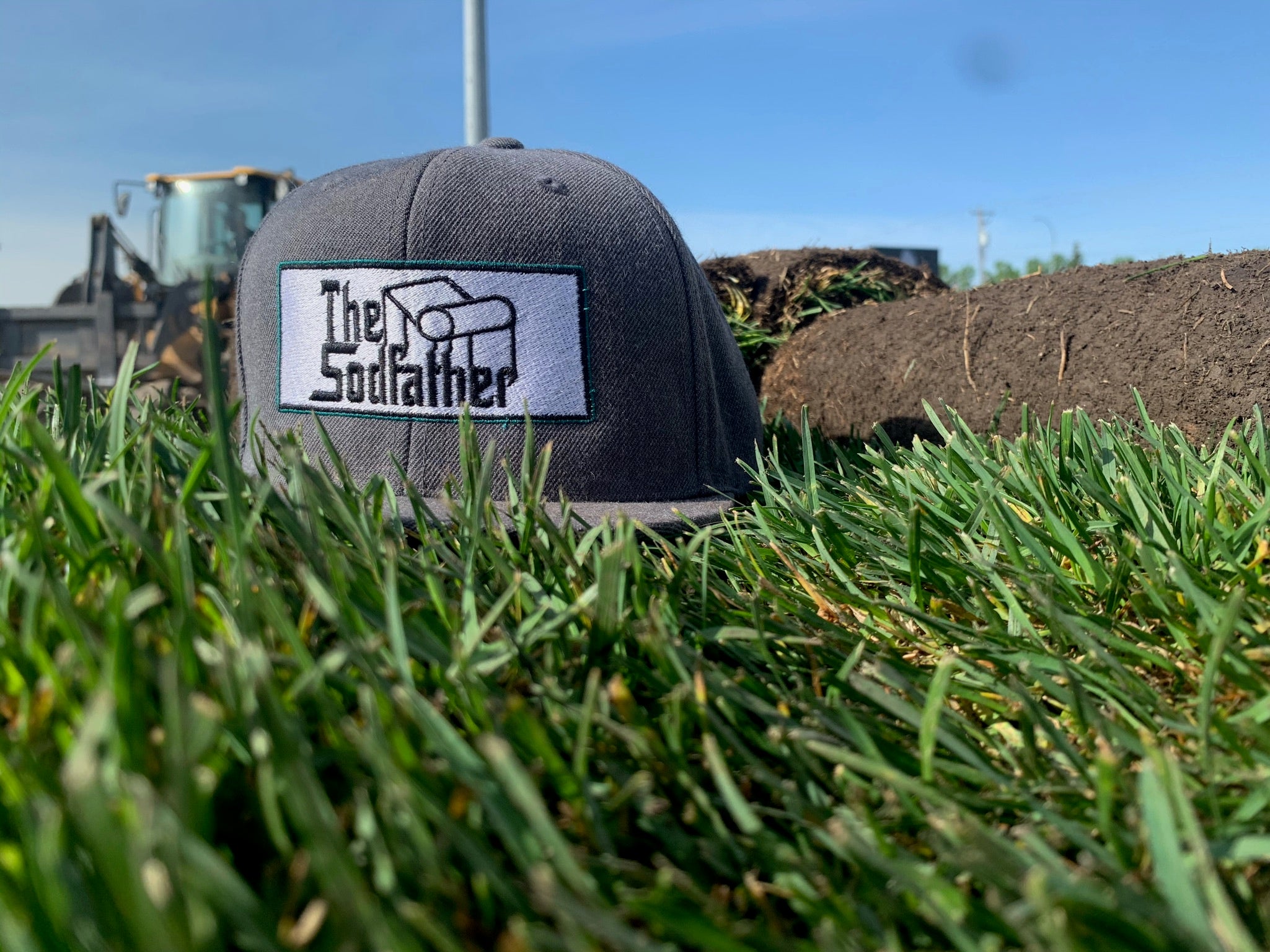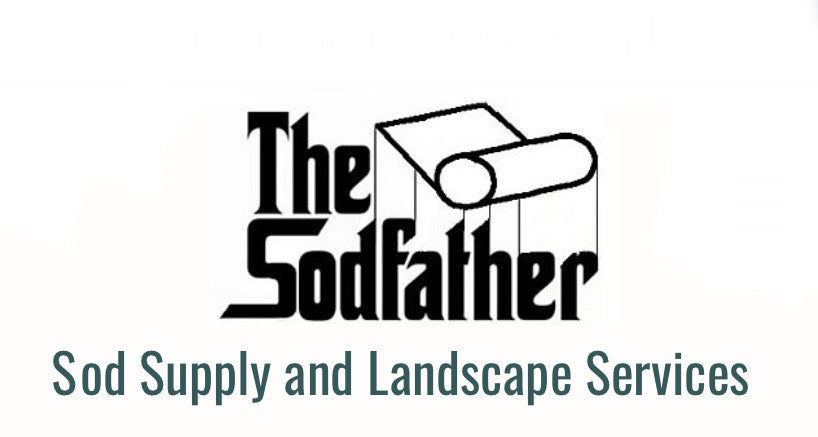
The History of Kentucky Bluegrass Sod
Kentucky bluegrass sod has long been a staple in the landscapes of Alberta, prized for its lush appearance, durability, and adaptability to the region's climate and soil conditions. In this article, we'll delve into the history of Kentucky bluegrass sod and explore why it remains a popular choice among homeowners and landscapers in Alberta.
A Brief History of Kentucky Bluegrass:
Kentucky bluegrass (Poa pratensis) is native to Europe, Asia, and North Africa but has been naturalized in North America since colonial times. Its name is derived from its characteristic blue-green color and the state of Kentucky, where it was first recognized for its exceptional qualities.
In the early 19th century, Kentucky bluegrass gained popularity as a pasture grass in the United States, prized for its dense, sod-forming growth habit and palatability to grazing animals. Over time, its ornamental value was recognized, and it became a popular choice for lawns, parks, golf courses, and athletic fields.
Why Kentucky Bluegrass is Popular in Alberta:
-
Adaptability to Climate: Alberta's climate, characterized by cold winters and warm summers, can be challenging for many grass species. Kentucky bluegrass thrives in cool-season climates like Alberta's, exhibiting excellent cold tolerance and resilience to temperature fluctuations.
-
Drought Resistance: Despite its preference for moist, well-drained soil, Kentucky bluegrass exhibits good drought resistance once established, making it well-suited to Alberta's semi-arid climate. Its deep root system allows it to access moisture from deeper soil layers, helping it withstand periods of limited rainfall.
-
Lush Appearance: Kentucky bluegrass is prized for its dense, fine-textured turf and vibrant green color, lending an aesthetic appeal to residential and commercial landscapes alike. Its ability to form a thick, uniform sod makes it ideal for lawns and high-traffic areas where durability and visual appeal are paramount.
-
Self-Repairing Properties: Kentucky bluegrass has excellent recuperative ability, quickly recovering from damage caused by foot traffic, sports activities, or environmental stressors. Its vigorous rhizomatous growth habit enables it to spread and fill in bare patches, maintaining a consistently lush and healthy turf.
-
Versatility: Kentucky bluegrass is versatile in its application, suitable for a wide range of landscaping purposes, including lawns, parks, sports fields, and golf courses. Its adaptability to various soil types and growing conditions makes it a reliable choice for diverse landscaping projects in Alberta.
-
Low Maintenance Requirements: Once established, Kentucky bluegrass requires minimal maintenance compared to other grass species. Regular mowing, fertilization, and irrigation are typically sufficient to maintain its health and vigor, making it an attractive option for homeowners seeking a low-maintenance lawn.
In conclusion, the history of Kentucky bluegrass sod is rich with centuries of admiration for its exceptional qualities, and its popularity in Alberta is a testament to its adaptability, durability, and aesthetic appeal. Whether used for residential lawns, commercial landscapes, or recreational areas, Kentucky bluegrass continues to be a favored choice among homeowners and landscapers seeking a lush, resilient turfgrass solution for Alberta's diverse climate and soil conditions.
